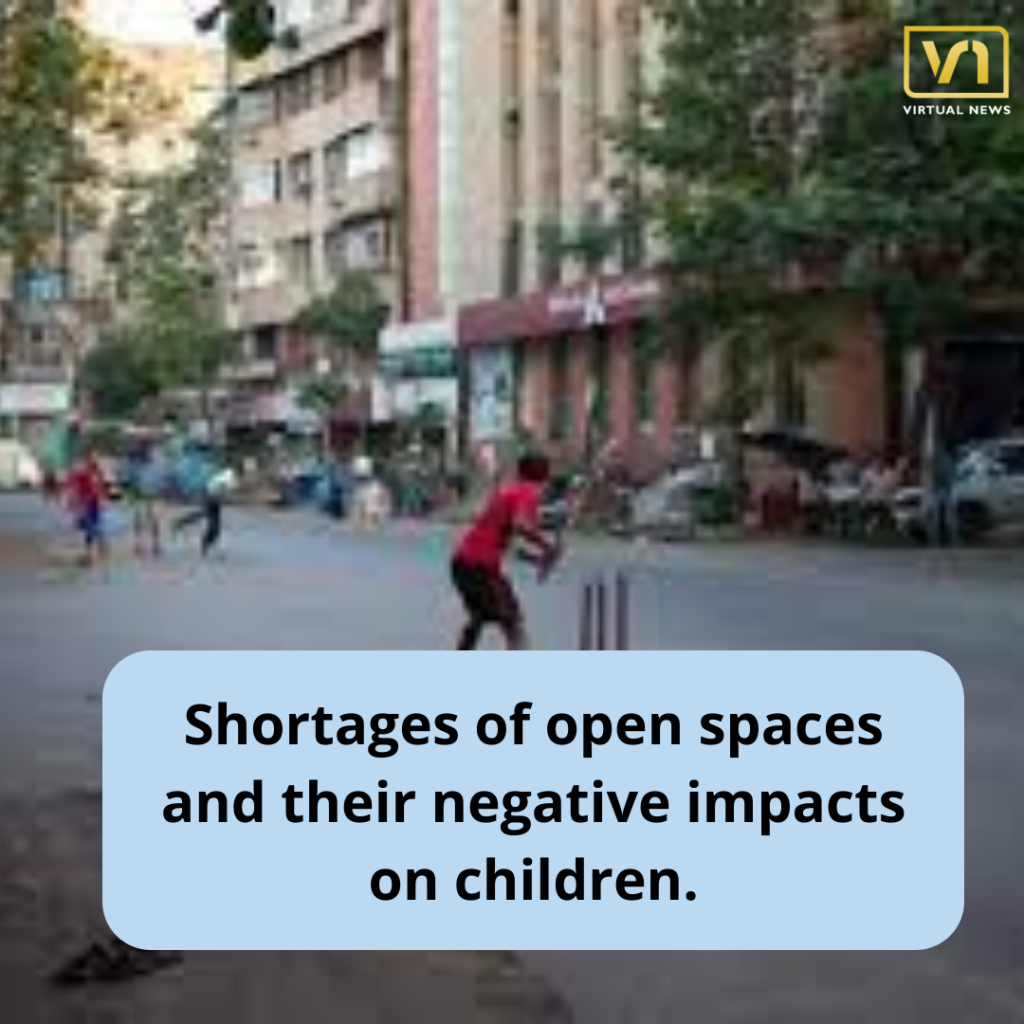Physical activities, games and sports play a very important part in the lives of every individual, which promotes a healthy body and a sound mind. With the fast perishing of the outer spaces like parks and playgrounds, the scope for physical activities is diminishing at high rates. All of this perpetually affect our health and attacks the foundation of our physical and mental well being inhibiting growth and development.
Studies find that more than 40 per cent of India’s schools don’t have a playground which is quite a low number. Parks and outdoor playgrounds are becoming increasingly rare in the city landscapes. Even homes don’t have yards for children to play with. This unavailability of open spaces has adverse impacts on children.
Why is there a gradual loss of open spaces?
Residential areas are continuously being converted into congested apartments and flats. Open spaces are being filled up to provide more accommodation to the increasing population. This is adversely affecting the creativity and innovation in the minds of the young generation since they remain engaged with digital sources of entertainment including television, the internet and mobile games. This is an alarming situation in India. Loss of open spaces occurs due to the unplanned growth of the metropolitan cities and the rising urban population which is increasing the need for housing and residence.
Negative impacts of lack of open spaces
The reduction of open spaces has resulted in the new generation engaging themselves in smartphones and internet and mobile games, which in turn make them lazy and idle, unproductive and unsocial. They fail to learn values and this also affects the physical and mental health of children.
Better city planning and effective use of the remaining playgrounds can act as measures to soften the adversities of the lack of open spaces.

